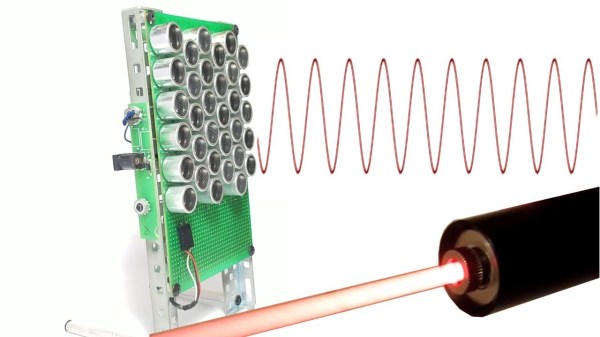In 1899, you might have been forgiven for thinking the automobile was only a rich-man’s toy. A horseless carriage was for flat garden pathways. The auto was far less reliable than a horse. This was new technology, and rich people are always into their gadgets, but the automobile is a technology that isn’t going to go anywhere. The roads are too terrible, they don’t have the range of a horse, and the world just isn’t set up for mechanized machines rolling everywhere.
This changed. It changed very quickly. By 1920, cars had taken over. Industrialized cities were no longer in the shadow of a mountain of horse manure. A highway, built specifically for automobiles, stretched from New York City to San Francisco. The age of the automobile had come.
And here we are today, in the same situation, with a technology as revolutionary as the automobile. People say self-driving cars are toys for rich people. Teslas on the road aren’t for the common man because the economy model costs fifty thousand dollars. They only work on highways anyway. The reliability just isn’t there for level-5 automation. You’ll never have a self-driving car that can drive over mountain roads in the snow, or navigate a ball bouncing into the street of a residential neighborhood chased by a child. But history proves time and time again that people are wrong. Self-driving cars are the future, and the world will be unrecognizable in thirty years. There’s only one problem: we’re not calling them the right thing. Self-driving cars should be called ‘cryptocybers’.
Continue reading “The Problem With Self-Driving Cars: The Name” →















